Home>Garden Essentials>How Long To Germinate Gladiolus From Bulbs
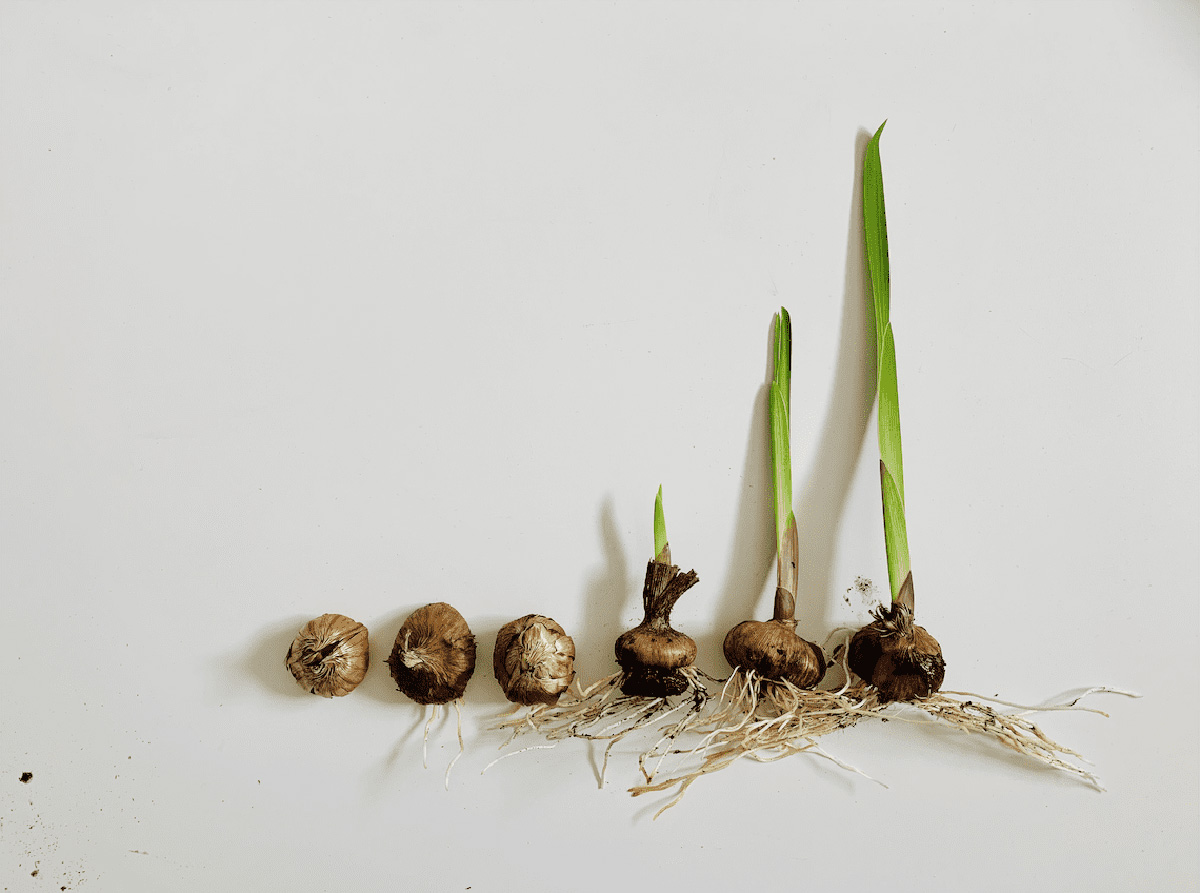

Garden Essentials
How Long To Germinate Gladiolus From Bulbs
Modified: October 20, 2024
Learn how long it takes to germinate gladiolus bulbs in your garden and enjoy the vibrant beauty of these stunning flowers.
(Many of the links in this article redirect to a specific reviewed product. Your purchase of these products through affiliate links helps to generate commission for Storables.com, at no extra cost. Learn more)
Introduction
Welcome to the world of gladiolus, where vibrant blooms and majestic spikes of flowers take center stage in gardens and floral arrangements. If you’re eager to grow these magnificent flowering plants, it’s essential to understand the process of germinating gladiolus bulbs. This article will delve into the various factors that affect the germination time of gladiolus bulbs and share tips for achieving faster and more successful germination.
Gladiolus bulbs, also known as corms, are a popular choice for gardeners due to their stunning blooms and ease of cultivation. These bulbs contain all the necessary nutrients and energy to help the plant establish its roots and sprout foliage. With proper care and attention, gladiolus bulbs can produce magnificent flower spikes ranging in color from vibrant reds, oranges, and pinks to soft pastels and pure whites.
When it comes to germination time, there are several factors that can influence how long it takes for gladiolus bulbs to sprout. These include the quality and freshness of the bulbs, environmental conditions, and care during the planting process. Understanding these factors and implementing the right techniques can help ensure successful germination and a bountiful display of gladiolus blooms.
Key Takeaways:
- Gladiolus bulbs take 2-3 weeks to sprout, needing warmth, moisture, and proper planting depth. Pre-soaking, warmth, and indirect light can speed up germination for vibrant blooms.
- Understanding germination time is crucial for healthy plant development, uniform blooming, and extended flowering periods. Proper care and patience lead to a stunning garden display.
Read more: How To Store Gladiolus Bulbs
Understanding Gladiolus Bulbs
Before we dive into the specifics of germinating gladiolus bulbs, it’s crucial to have a good understanding of these unique and fascinating plants. Gladiolus bulbs are actually corms, which are modified underground stems that store energy and nutrients for the plant’s growth. These corms are oval-shaped and covered in a papery husk.
Gladiolus bulbs come in a wide range of sizes, with larger bulbs generally producing bigger and stronger plants. When selecting bulbs for planting, look for ones that are firm and undamaged, as these are more likely to yield healthy and vigorous plants. It’s important to choose bulbs that are of good quality and obtained from reliable sources to ensure the best chances of successful germination.
One interesting aspect of gladiolus bulbs is their ability to produce offsets, also known as cormels. These are smaller corms that grow around the base of the main corm. As the offset bulbs mature, they can be separated from the main corm and replanted to produce new gladiolus plants. This is a great way to propagate and expand your gladiolus collection.
Gladiolus bulbs prefer well-draining soil and full sun to thrive. They can tolerate a range of soil types but perform best in fertile, loamy soil. Before planting, it’s a good idea to amend the soil with organic matter, such as compost, to improve its texture and nutrient content. This will create a favorable environment for the bulbs to establish their roots and grow.
Now that we have a solid understanding of gladiolus bulbs, let’s explore the factors that can influence their germination time and ensure optimal planting conditions.
Factors Affecting Germination Time
The germination time of gladiolus bulbs can vary depending on several factors. Understanding these factors will help you create the ideal conditions for successful germination and ensure that your gladiolus plants thrive.
1. Bulb Quality: The quality of the gladiolus bulbs plays a significant role in germination time. Fresh, healthy bulbs will germinate faster compared to older or damaged bulbs. It’s essential to source bulbs from reputable suppliers to ensure their quality and viability.
2. Temperature: Gladiolus bulbs prefer warm temperatures for germination. The optimal temperature range for sprouting is usually between 60 to 70 degrees Fahrenheit (15 to 21 degrees Celsius). Cooler temperatures can slow down germination, while excessive heat can inhibit or delay it. It’s crucial to provide consistent and appropriate temperatures to promote quicker germination.
3. Moisture: Adequate moisture is vital for the germination of gladiolus bulbs. During the germination process, the corm absorbs water and swells, initiating the growth of roots and shoots. However, excess moisture can lead to bulb rot or fungal diseases. It’s important to provide well-draining soil and avoid overwatering to maintain the right moisture balance.
4. Light: While gladiolus bulbs don’t require light to germinate, providing some indirect light can help stimulate growth once the shoots emerge from the soil. Placing the bulbs in a bright location will aid in the development of sturdy plants with strong foliage and vibrant blooms.
5. Planting Depth: Planting gladiolus bulbs at the appropriate depth is crucial for successful germination. The general rule of thumb is to plant bulbs at a depth that is three times their diameter. Planting too shallow or too deep can affect the germination process and lead to stunted growth or inability to break through the soil surface.
By considering these factors and making appropriate adjustments, you can optimize the germination time of your gladiolus bulbs and set the stage for healthy growth and beautiful blooms. In the next section, we’ll explore the process of planting gladiolus bulbs to ensure that they have the best start in their journey to maturity.
Planting Gladiolus Bulbs
Planting gladiolus bulbs is a straightforward process, but there are a few key steps to follow to ensure optimal growth and successful germination. Let’s take a closer look at how to plant gladiolus bulbs:
1. Choose the Right Location: Gladiolus bulbs thrive in full sun, so choose a location in your garden that receives at least 6-8 hours of direct sunlight per day. Ensure that the soil is well-draining to prevent waterlogged conditions that can lead to bulb rot.
2. Prepare the Soil: Before planting, prepare the soil by removing any weeds, rocks, or debris. Amend the soil with organic matter, such as compost or well-rotted manure, to improve its fertility and drainage. This will provide a nutrient-rich environment for the bulbs to establish their roots.
3. Planting Depth and Spacing: Dig a hole or trench that is 6-8 inches (15-20 cm) deep. Place the gladiolus bulbs in the hole with the pointed end facing up. Space the bulbs 6-8 inches (15-20 cm) apart to allow room for growth and proper air circulation.
4. Backfill and Water: Gently backfill the hole with soil, ensuring that the bulbs are covered completely but not deeply buried. Firm the soil around the bulbs to provide stability. After planting, thoroughly water the area to settle the soil and provide moisture for the bulbs to start their germination process.
5. Mulch and Support: Apply a layer of organic mulch, such as straw or wood chips, around the planted bulbs. This will help conserve moisture, suppress weed growth, and regulate soil temperature. Additionally, install stakes or use other support systems to prevent the tall flower spikes from bending or toppling over as they grow.
6. Watering and Maintenance: Keep the soil evenly moist during the germination process, taking care not to overwater and create waterlogged conditions. Once the plants have sprouted, continue to water as needed, aiming for about one inch of water per week. Regularly monitor the plants for pests or diseases and take necessary measures to control them.
By following these steps and providing the right conditions, you can ensure that your gladiolus bulbs have a strong start and increase the chances of successful germination. In the next section, we’ll discuss the typical germination time for gladiolus bulbs and how long it takes for them to produce their spectacular blooms.
Gladiolus bulbs typically take 2-3 weeks to germinate. Plant them in well-drained soil, 4-6 inches deep, and keep them moist but not waterlogged. Place in a sunny spot for best results.
Germination Time for Gladiolus Bulbs
The germination time for gladiolus bulbs can vary depending on various factors such as bulb quality, temperature, moisture, and planting depth. On average, it takes about 2 to 3 weeks for gladiolus bulbs to begin sprouting.
During the first week after planting, the bulbs will start absorbing moisture and nutrients from the soil. This initiates the swelling process, and small roots will begin to develop. In the second week, shoots will emerge from the bulbs, pushing their way through the soil surface. By the third week, the shoots will continue to grow, and the first leaves will unfold.
It’s important to note that germination time may be influenced by external factors such as temperature. Warmer temperatures will typically result in faster germination, while cooler temperatures may prolong the process. Providing a consistent temperature of 60 to 70 degrees Fahrenheit (15 to 21 degrees Celsius) is ideal for promoting quicker germination.
Additionally, proper moisture levels are crucial during the germination period. The soil should be kept evenly moist but not overly wet to avoid bulb rot or fungal diseases. Regularly check the moisture level of the soil and adjust watering accordingly.
Once the gladiolus bulbs have germinated and established their foliage, they will continue to grow and develop over the course of several weeks. The exact time frame for the plants to reach maturity and produce blossoms will depend on various factors, including the specific gladiolus variety, growing conditions, and care provided.
Typically, gladiolus plants will produce flower spikes within 70 to 100 days after planting, with some early-flowering varieties blooming around 50 to 60 days. These impressive spikes can reach heights of 2 to 5 feet (60 to 150 cm) and bear multiple blooms in a stunning array of colors.
It’s important to be patient and provide the necessary care and maintenance during the growing period. Regularly check for pests, diseases, and nutrient deficiencies, and take appropriate measures to address any issues that may arise. Proper care will contribute to healthier plants and more abundant and vibrant blooms.
By understanding the typical germination time for gladiolus bulbs and being attentive to their needs, you can enjoy the rewarding experience of witnessing these beautiful flowers come to life in your garden.
Read more: How Long To Germinate Tigridia Bulbs
Tips for Faster Germination
If you’re eager to see your gladiolus bulbs sprout and grow quickly, there are several tips and techniques you can employ to promote faster germination. By following these suggestions, you can help your gladiolus bulbs get off to a strong start and enjoy their stunning blooms in a shorter time frame:
1. Pre-Soaking: Prior to planting, you can pre-soak your gladiolus bulbs overnight in lukewarm water. This can help jumpstart the germination process by hydrating the bulbs and promoting faster absorption of moisture. Remember to drain the water before planting.
2. Warmth: Providing optimal temperatures is crucial for faster germination. If you live in a cooler climate, consider starting your gladiolus bulbs indoors in pots or containers a few weeks before the last frost date. Keep them in a warm location with temperatures around 70 degrees Fahrenheit (21 degrees Celsius) to encourage faster growth.
3. Use Bottom Heat: Another way to provide consistent warmth for your gladiolus bulbs is by using bottom heat. This can be achieved by placing the pots or trays on a seedling heat mat or near a heat source such as a radiator or heating pad. Make sure to monitor the temperature, as excessive heat can be detrimental to the bulbs.
4. Optimize Soil Moisture: Proper moisture balance is essential for faster germination. Although gladiolus bulbs require moisture, they do not like to be overly waterlogged. Keep the soil slightly moist but not soaking wet. Regularly check the soil moisture and adjust watering as necessary to maintain the ideal conditions.
5. Provide Indirect Light: While gladiolus bulbs don’t require light during the germination process, providing some indirect light can stimulate growth once the shoots emerge from the soil. Place the pots or trays in a bright location with filtered sunlight or provide artificial light with a grow light to supplement natural light.
6. Fertilize appropriately: Proper nutrition is key to faster and healthier germination. Before planting, incorporate a balanced fertilizer into the soil to provide essential nutrients. Once the bulbs have sprouted, you can provide additional liquid fertilizer to support their growth. Just be careful not to over-fertilize, as it can lead to burning the plants.
7. Prune Offset Bulbs: If your gladiolus bulbs have offset corms or cormels, consider pruning them before planting. This removes the extra bulbs that can compete for resources and allows the main bulb to focus its energy on germination and growth.
By implementing these tips, you can give your gladiolus bulbs a boost and encourage faster germination. Remember to monitor their progress, provide appropriate care, and enjoy the breathtaking display of colorful blooms that will follow.
Significance of Proper Germination Time
The proper germination time of gladiolus bulbs is of significant importance for several reasons. Understanding and ensuring the optimal germination period can have a profound impact on the overall success and health of your gladiolus plants. Here are a few reasons why proper germination time matters:
1. Healthy Plant Development: The germination period sets the foundation for healthy plant development. During this crucial phase, the bulbs establish their root system and sprout foliage. Providing the right conditions and allowing sufficient time for germination ensures that the plant gets a strong start, enabling vigorous growth and abundant blooms later on.
2. Uniform Growth and Blooming: When gladiolus bulbs germinate within a similar timeframe, it promotes more uniform growth and blooming. This creates a visually appealing display in your garden, as all plants reach maturity and produce flowers simultaneously. Uniform germination also facilitates easier maintenance and care, as the plants will have similar requirements.
3. Extended Blooming Period: Proper germination time allows for synchronized flowering, resulting in an extended blooming period. With gladiolus bulbs that sprout at the same time, you can enjoy a longer display of beautiful blooms, enhancing the visual appeal of your garden and providing ample time for admiration and enjoyment.
4. Improved Garden Planning: Knowing the germination time of gladiolus bulbs helps with garden planning and organization. By understanding when the plants will likely emerge from the soil, you can coordinate planting schedules, plan companion plantings, and make arrangements for support structures. This level of preparedness ensures a more efficient and aesthetically pleasing garden layout.
5. Opportunity for Succession Planting: Proper germination time allows you to plan for succession planting. By staggering the planting of your gladiolus bulbs over different time intervals, you can ensure a continuous supply of blooms throughout the growing season. Succession planting enables you to enjoy gladiolus flowers for a more extended period and allows for experimentation with different colors and varieties.
6. Maximizing the Bulb’s Potential: By providing the appropriate germination time, you are maximizing the potential of the gladiolus bulbs. The bulbs store all the necessary nutrients and energy needed for growth and flowering. Proper germination ensures that these resources are utilized effectively, resulting in robust plants, vibrant blooms, and an overall healthier bulb for future growth cycles.
Taking the time to understand and achieve the proper germination time for your gladiolus bulbs not only enhances the beauty and longevity of your garden but also contributes to the overall satisfaction and fulfillment of your gardening journey. By setting the stage for successful germination, you are setting yourself up for a stunning display of gladiolus blooms and a more rewarding gardening experience.
Conclusion
Growing gladiolus bulbs can be a rewarding and fulfilling endeavor, filled with vibrant colors, towering flower spikes, and a sense of accomplishment. Understanding the germination process and implementing proper techniques are crucial for ensuring the success of your gladiolus plants. By considering factors such as bulb quality, temperature, moisture, and planting depth, you can promote faster germination and healthier plant development.
Planting gladiolus bulbs in well-draining soil, providing adequate sunlight, and maintaining the right moisture levels are essential components of creating an optimal environment for germination. By following these steps, you give your bulbs the best chance to sprout and produce magnificent blooms.
However, it’s important to remember that germination time may vary depending on various factors. On average, gladiolus bulbs will begin sprouting within 2 to 3 weeks of planting, with shoots and leaves emerging shortly thereafter. With the right care and attention, you can enjoy a breathtaking display of colorful flowers within 70 to 100 days.
To expedite the germination process, pre-soaking the bulbs, providing warmth, optimizing soil moisture, and offering indirect light can help promote faster growth. Proper fertilization, pruning of offsets, and adhering to recommended planting depths also contribute to successful germination and healthier plants.
Understanding the significance of proper germination time is essential for maximizing the beauty and potential of your gladiolus bulbs. From healthy plant development and uniform growth to extended blooming periods and improved garden planning, achieving the right germination timing enhances the overall success and satisfaction of your gardening efforts.
So, whether you’re a seasoned gardener or a beginner, take the time to understand the germination process of gladiolus bulbs and implement the tips and techniques mentioned in this article. By providing the optimal conditions and care, you can witness the magical transformation of these bulbs into magnificent floral displays that will bring joy and admiration to your garden.
Embrace the journey of growing gladiolus, and let their resilient bulbs and vibrant blooms fill your garden with beauty and wonder.
Frequently Asked Questions about How Long To Germinate Gladiolus From Bulbs
Was this page helpful?
At Storables.com, we guarantee accurate and reliable information. Our content, validated by Expert Board Contributors, is crafted following stringent Editorial Policies. We're committed to providing you with well-researched, expert-backed insights for all your informational needs.

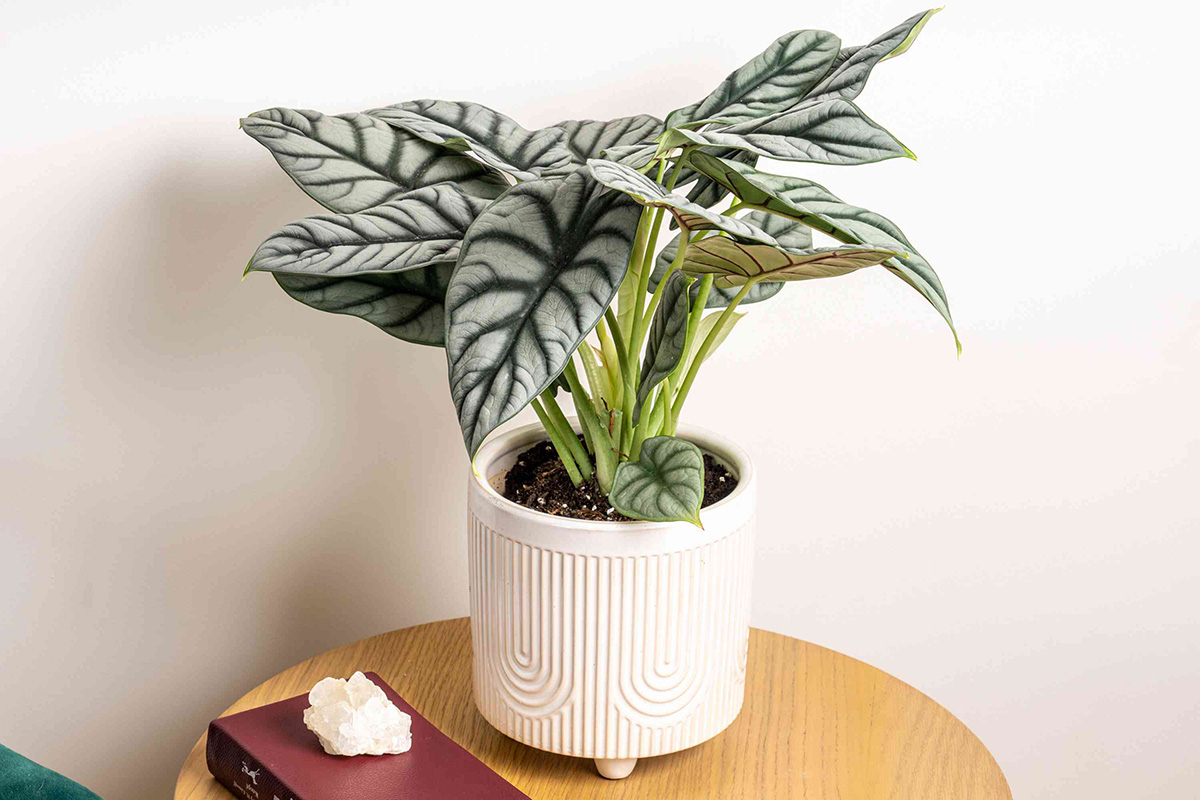
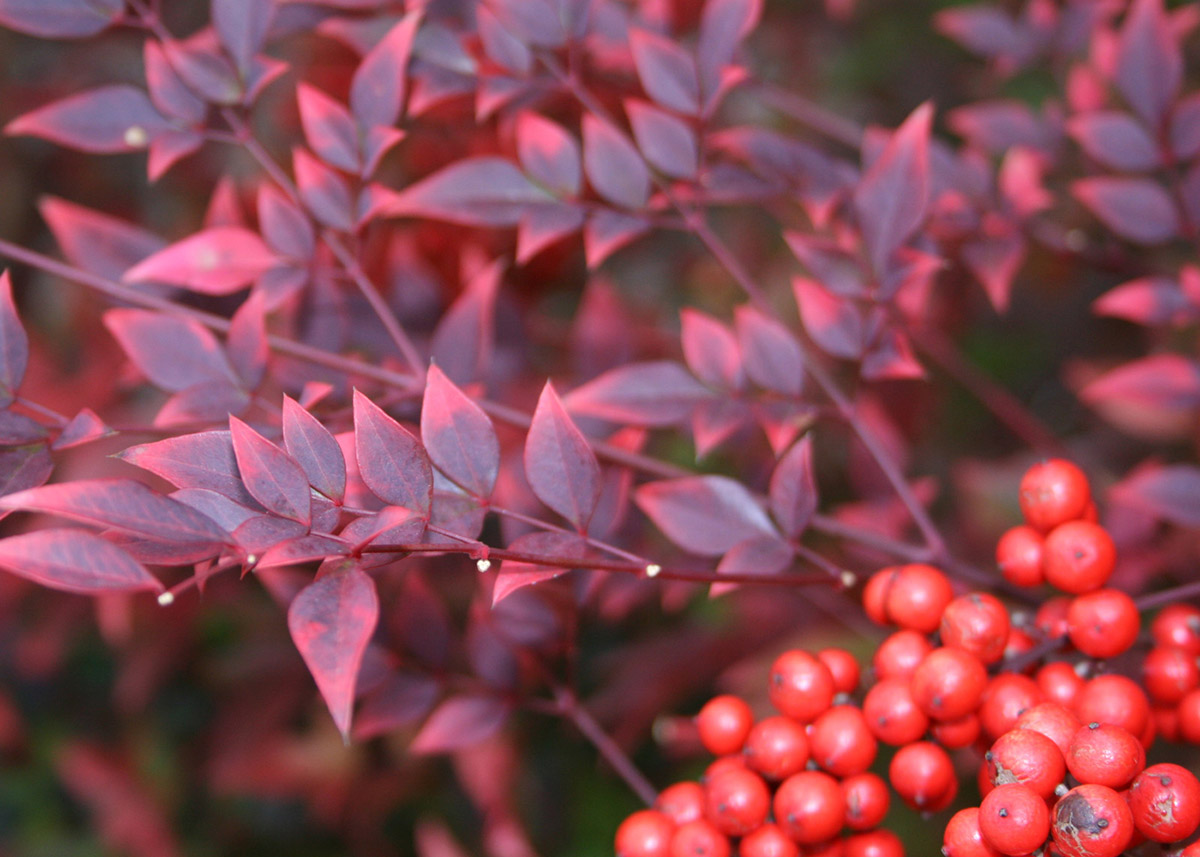
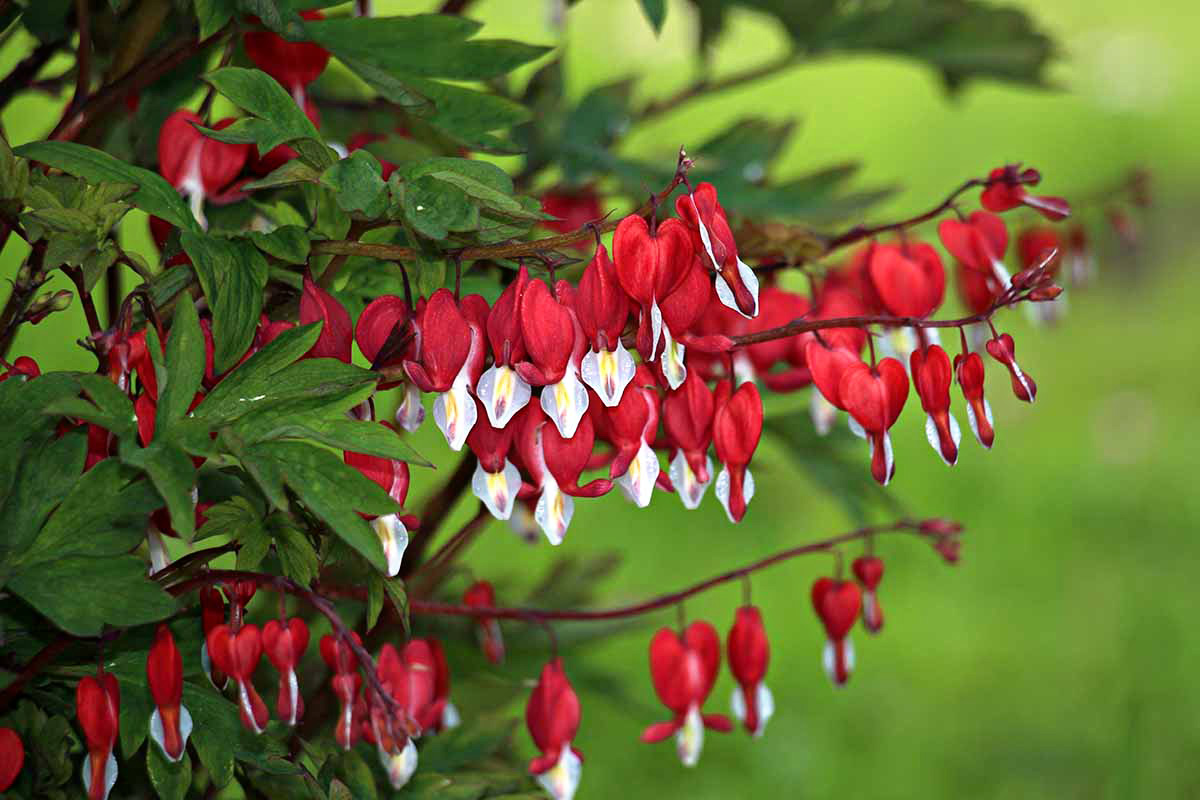
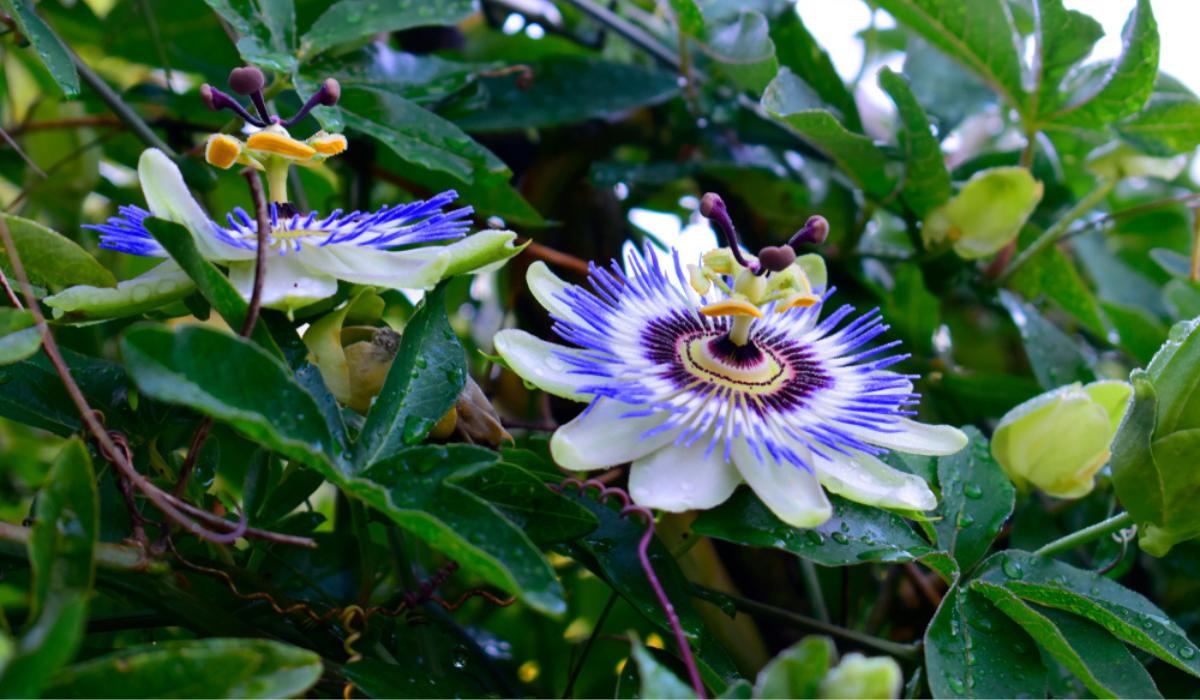
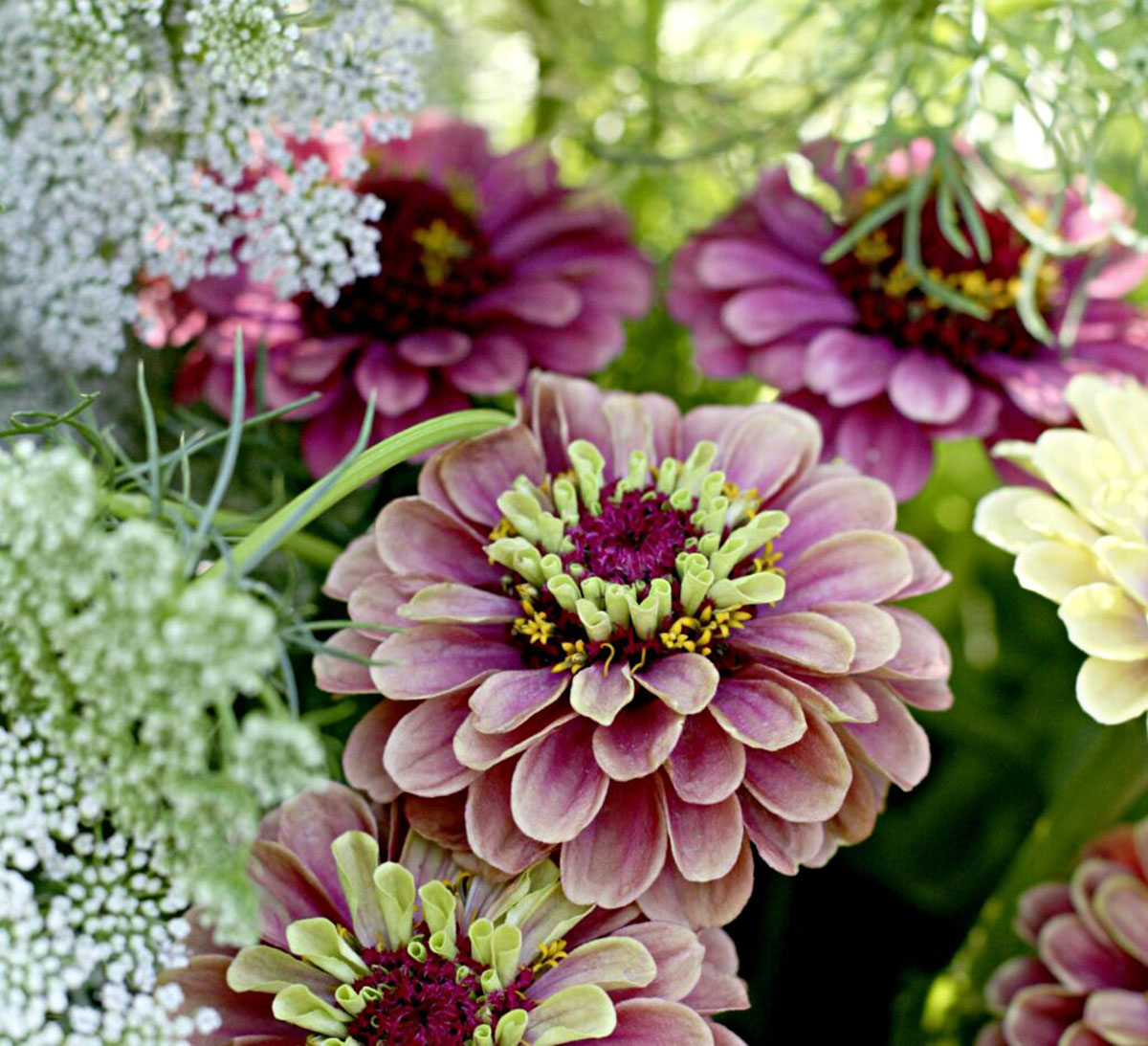
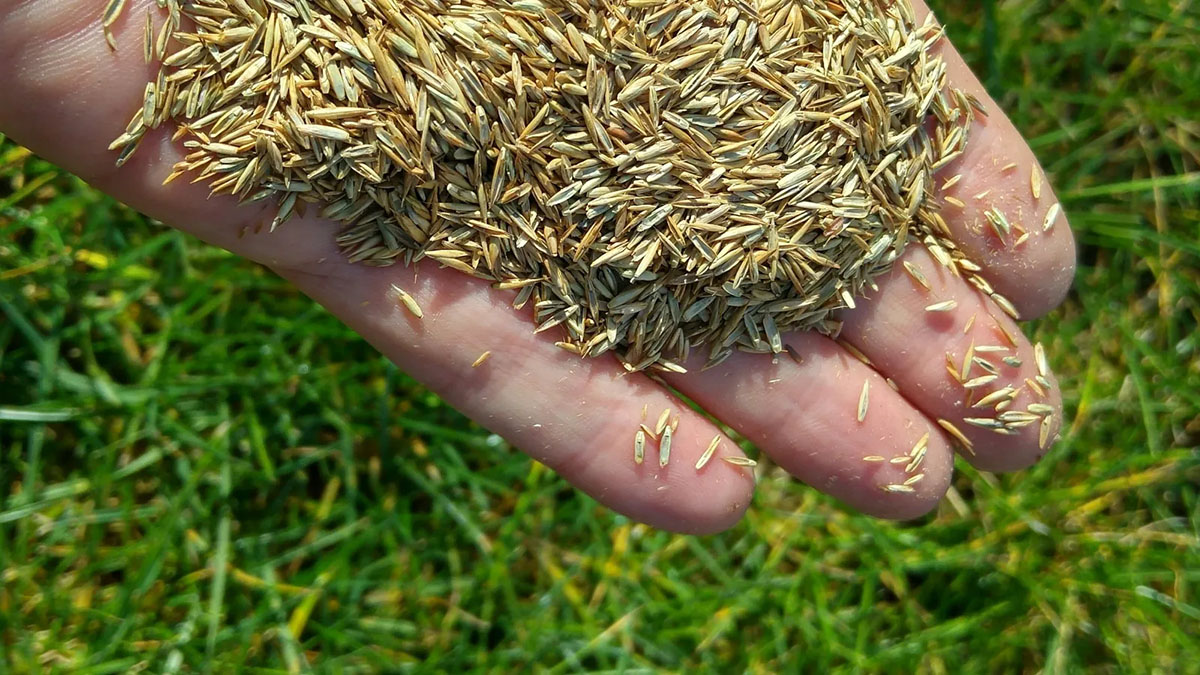
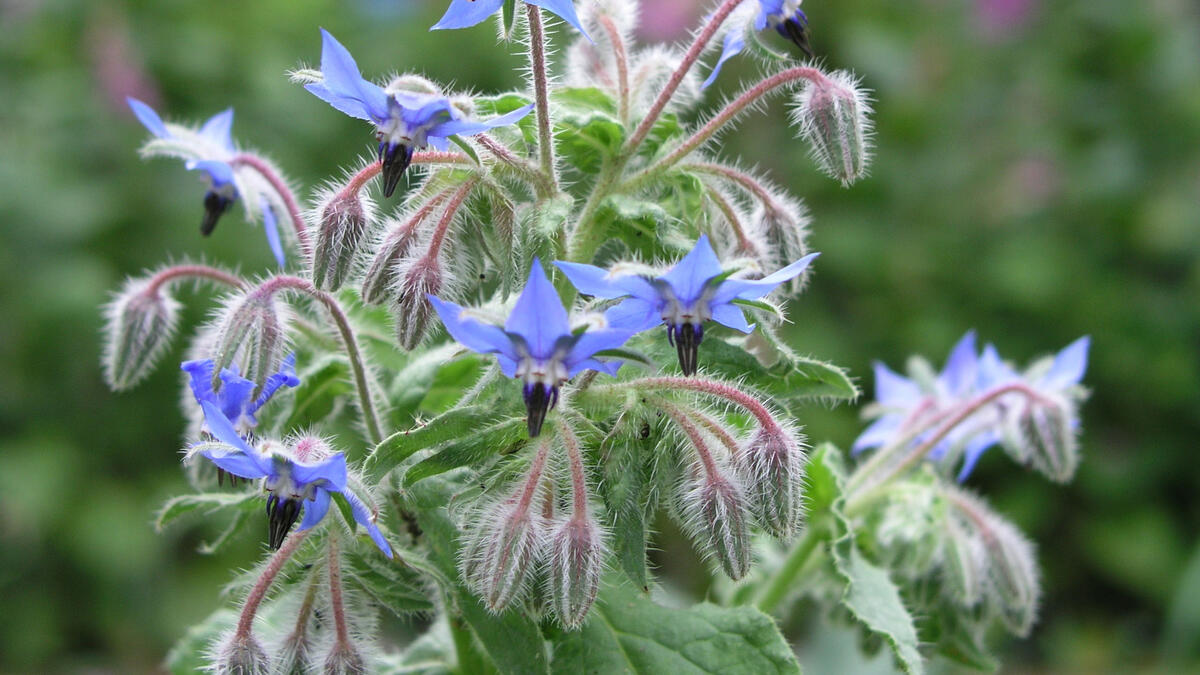
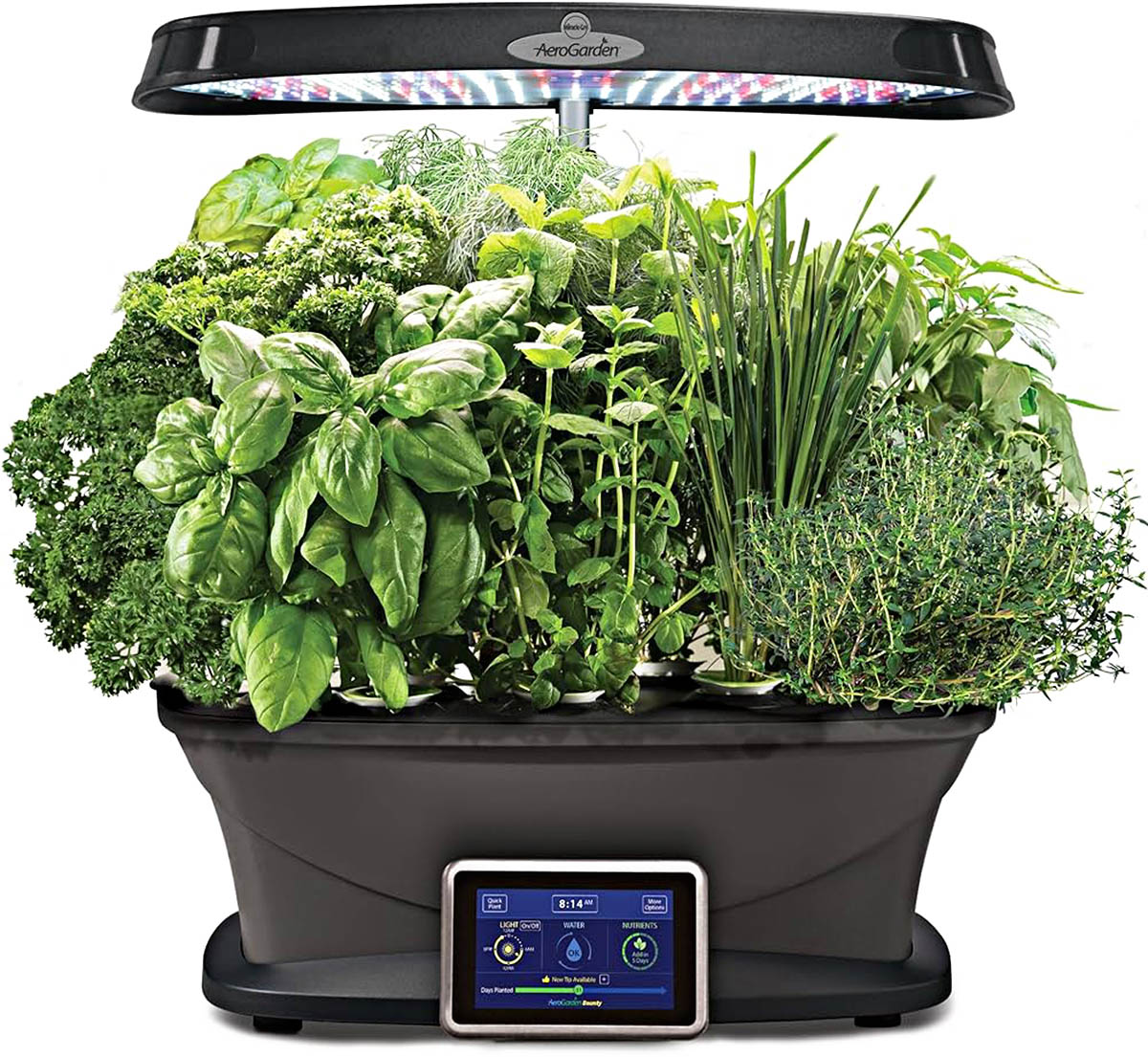
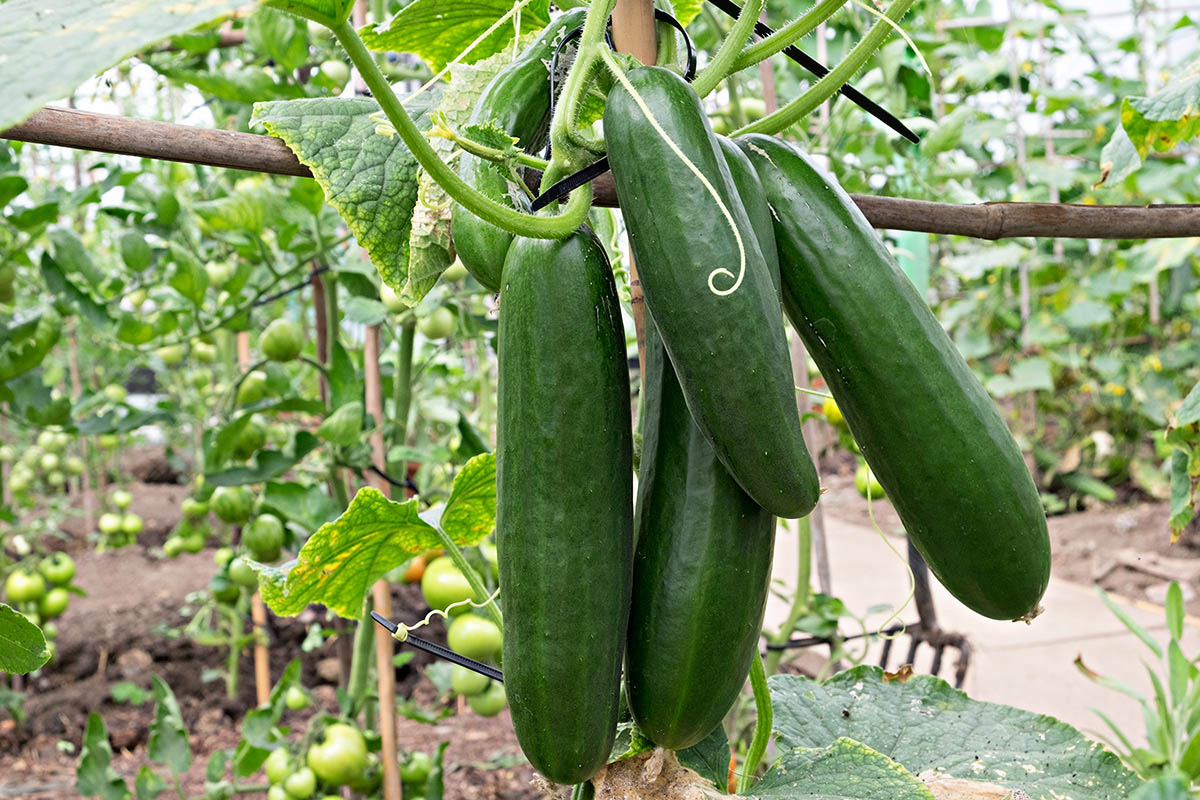
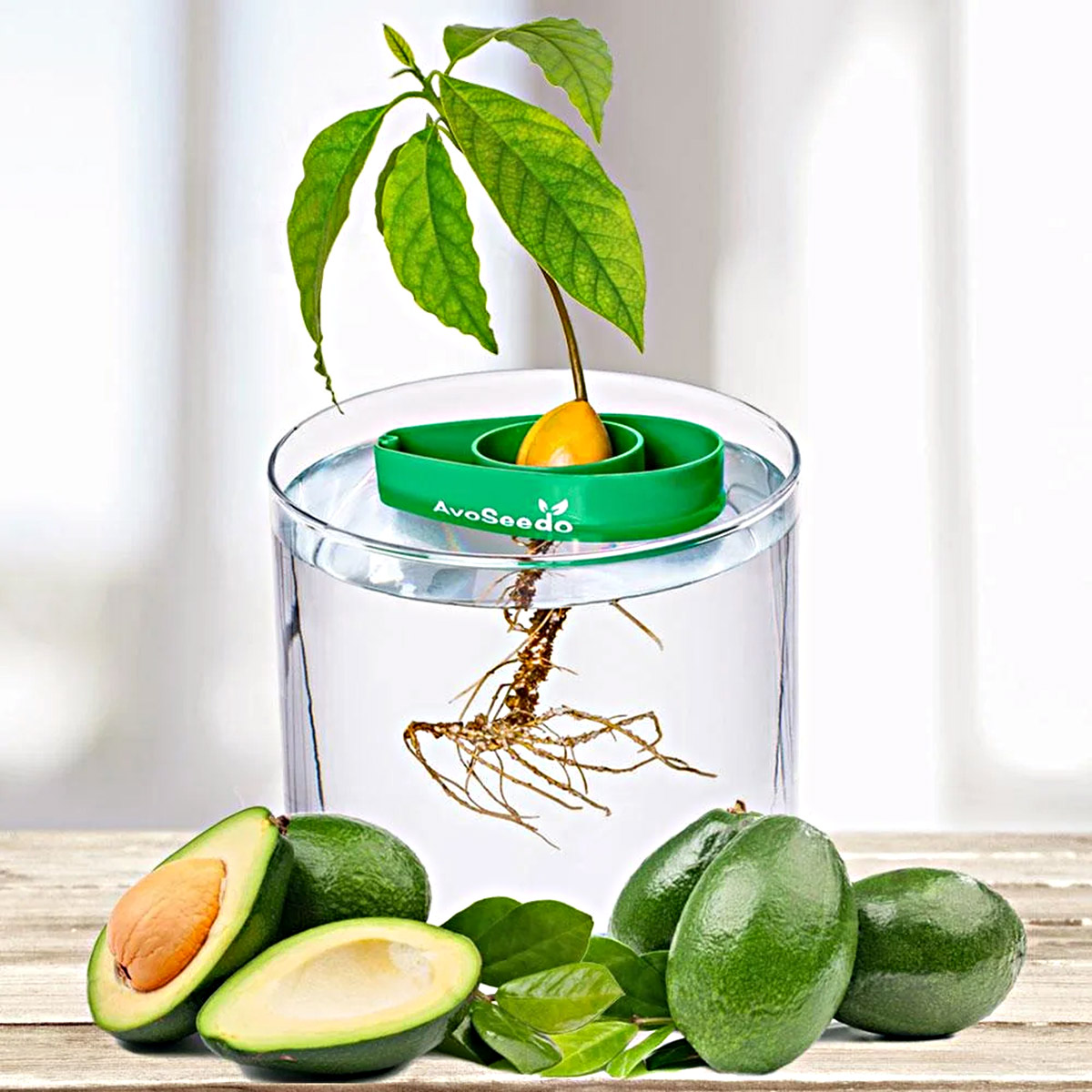
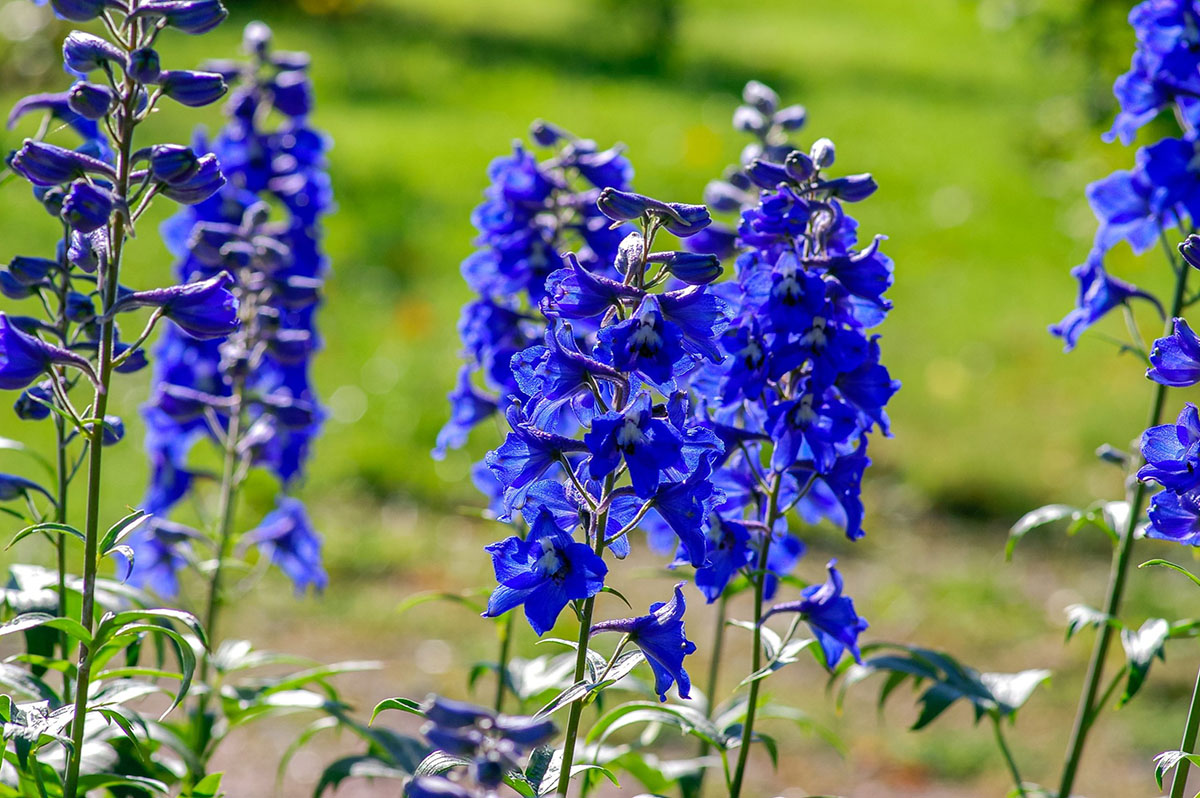
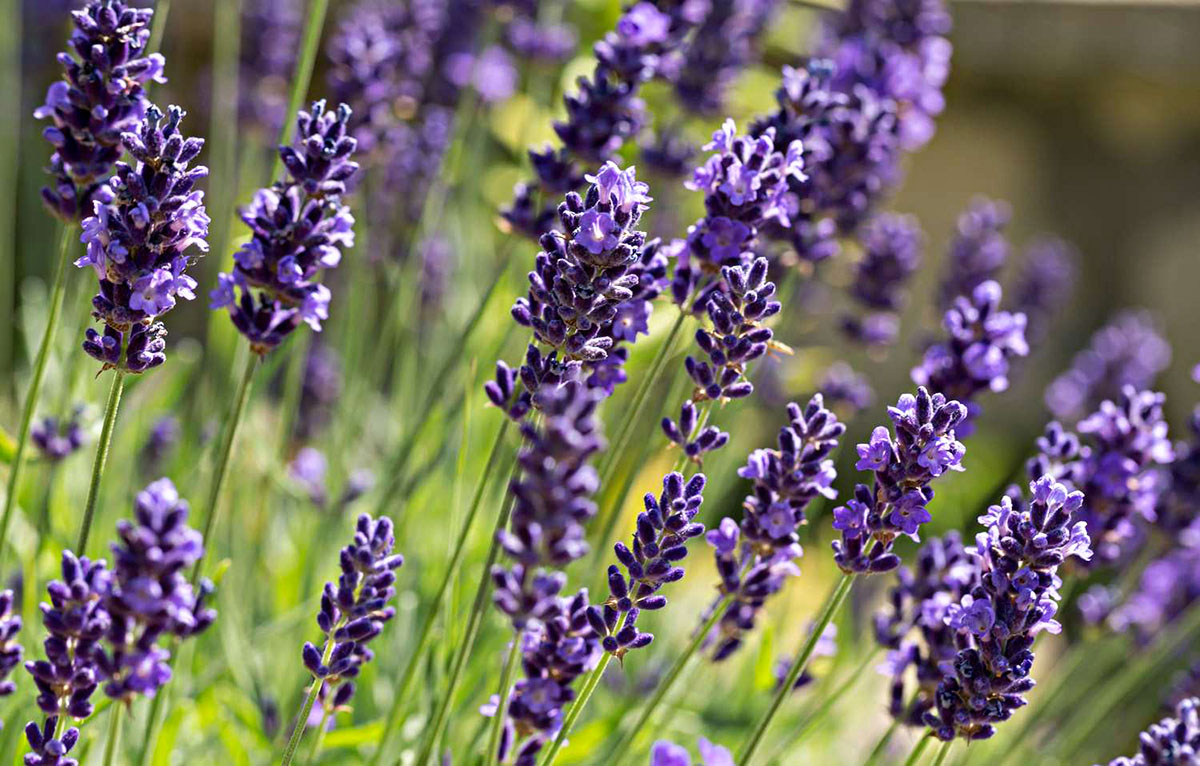
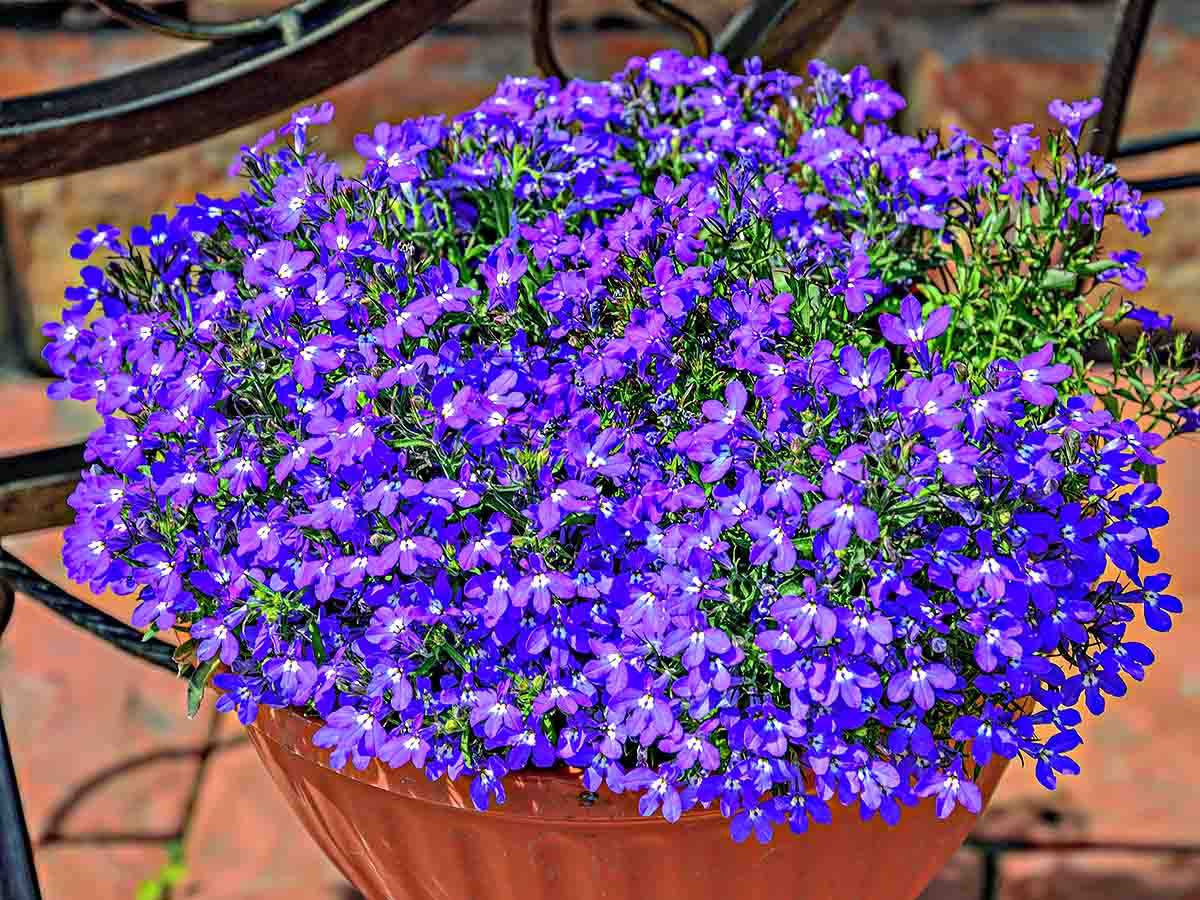

0 thoughts on “How Long To Germinate Gladiolus From Bulbs”